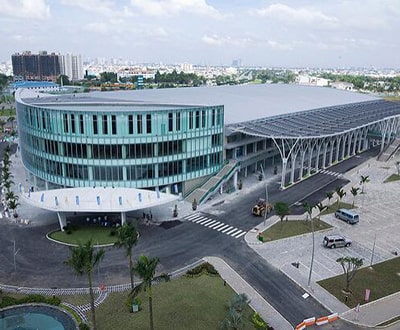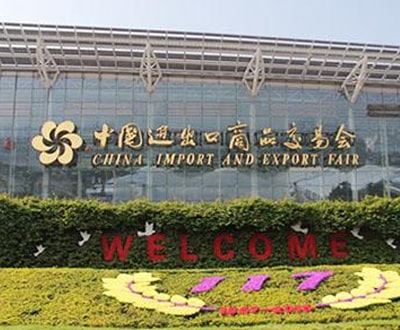The Environmental Impact of Pillow Pouch Packaging Solutions
Pillow pouch packaging, a popular choice for packaging a wide range of products, presents significant environmental implications that warrant careful consideration. This article delves into the multifaceted environmental impact of pillow pouch solutions, exploring both their positive and negative aspects.
Material Choice and Sustainability
Pillow pouches are typically manufactured from various materials, including plastic, paper, and foil. The environmental impact of these materials varies greatly. Plastics, such as polyethylene and polypropylene, have a long degradation time and contribute to plastic pollution. Paper-based pouches, on the other hand, are biodegradable and recyclable, offering a more sustainable option. Foil-based pouches provide excellent barrier protection but also pose disposal challenges due to their non-biodegradable nature. Choosing sustainable materials for pillow pouches is crucial to minimize their environmental footprint.
Energy Consumption and Carbon Emissions
The production of pillow pouches involves energy-intensive processes, such as material extraction, extrusion, and packaging. The use of fossil fuels in these processes contributes to greenhouse gas emissions and climate change. Reducing energy consumption and transitioning to renewable energy sources during the manufacturing of pillow pouches can mitigate their environmental impact.
Waste Management and Disposal
Pillow pouches, once discarded, pose a waste management challenge. Plastic pouches often end up in landfills or as litter, contributing to environmental pollution. Paper-based pouches, while biodegradable, require proper waste management systems to prevent littering. Foil-based pouches face disposal challenges due to their non-biodegradable nature. Implementing comprehensive waste management practices, including recycling, composting, and energy recovery, is essential to reduce the environmental impact of discarded pillow pouches.
Product Protection and Shelf Life
Pillow pouches play a significant role in protecting products from damage, contamination, and environmental factors. This extended shelf life reduces food waste, which in turn lowers the environmental impact associated with food production and disposal. By preserving product quality and minimizing spoilage, pillow pouch packaging contributes to sustainable consumption practices.
Design and Optimization
The design and optimization of pillow pouches can further enhance their environmental impact. Factors such as material thickness, pouch shape, and closure mechanisms can be adjusted to reduce material usage and minimize waste. Adopting innovative packaging designs that incorporate sustainability principles can lead to significant environmental benefits.
The environmental impact of pillow pouch packaging solutions is a complex issue with both positive and negative implications. While they offer advantages such as product protection and extended shelf life, concerns arise regarding material choice, energy consumption, waste management, and disposal. By considering sustainable materials, reducing energy consumption, implementing comprehensive waste management practices, and adopting innovative packaging designs, manufacturers and consumers can minimize the environmental impact of pillow pouch packaging solutions and contribute to a more sustainable future.
-
 01
01Further Discussion About Protein Bar Packing Machinery
27-02-2024 -
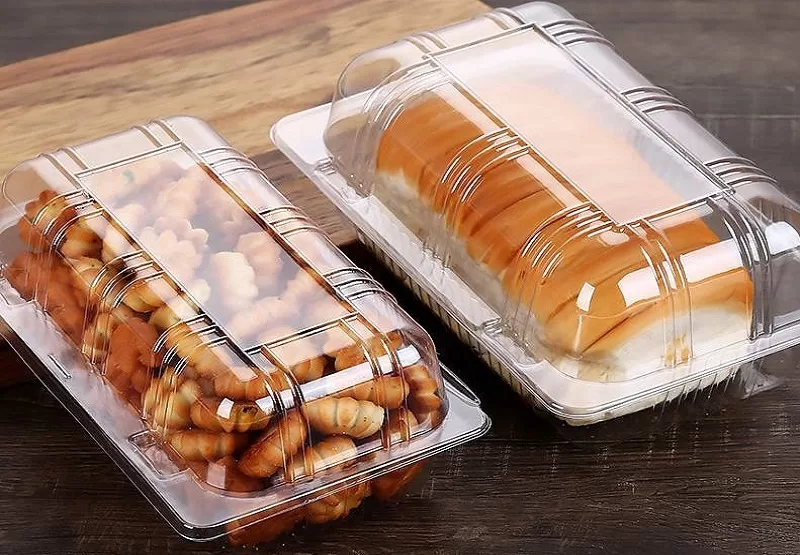 02
02Sustain The Best Crispy With Automatic Packaging Machines
29-01-2024 -
 03
03Bread Packing Machine For Bakery Business
19-01-2024 -
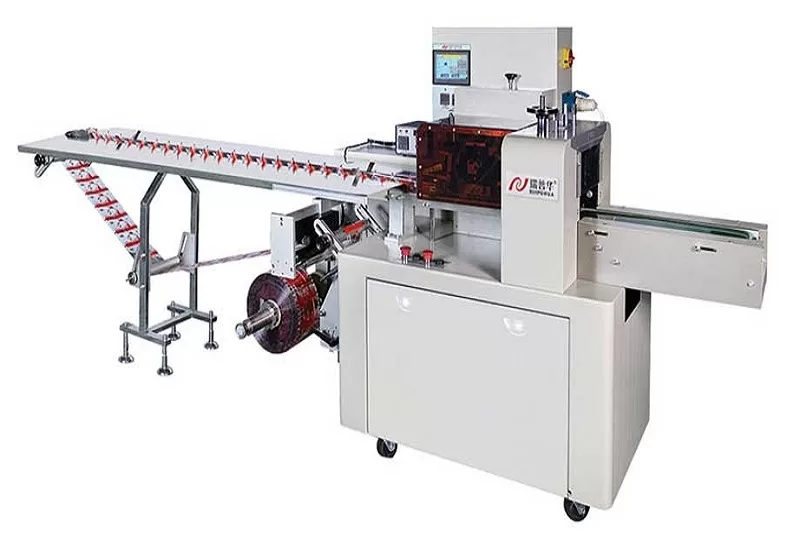 04
04How Flow Wrappers Are Adapting to Changing Trends
01-11-2023 -
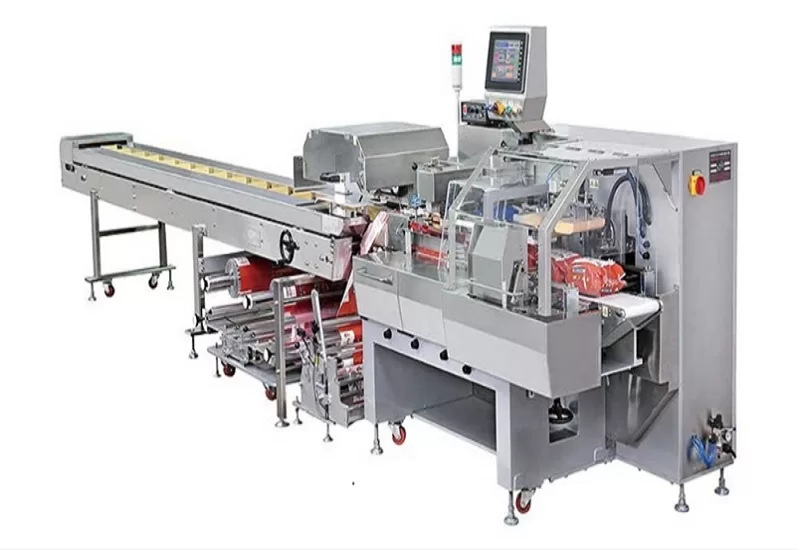 05
05The Comprehensive Guide to Packaging Machinery
31-10-2023 -
 06
06Automatic Cookie Packaging System Performance
01-09-2023 -
 07
07Streamlining Biscuit Packaging with Multipack Biscuit Packaging Machines
25-08-2023 -
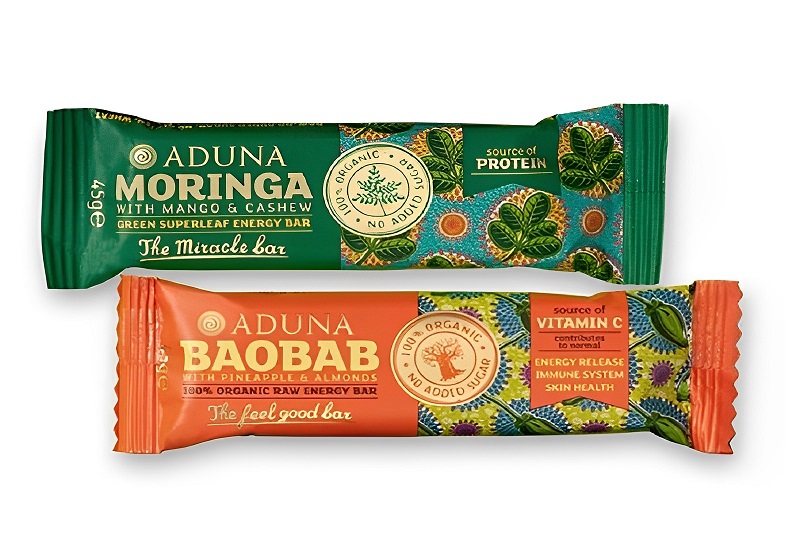 08
08From Assembly To Shipping: The Energy Bar Packaging Machine Does All
28-02-2023 -
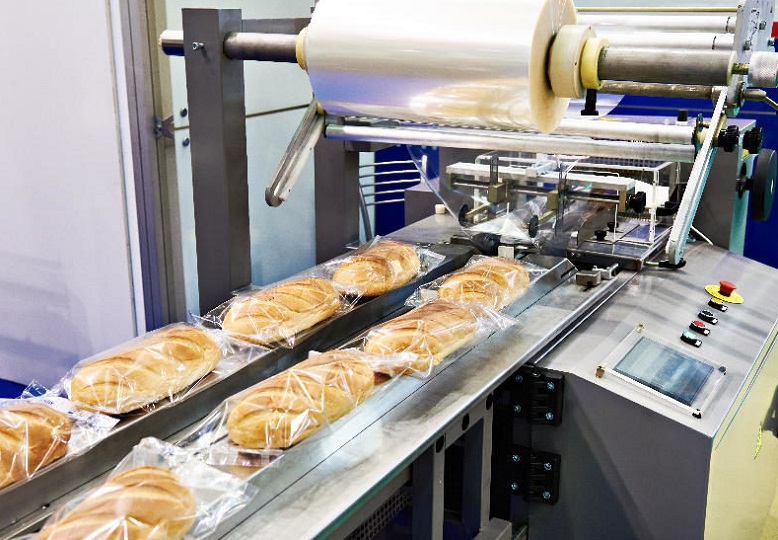 09
09Maximizing Efficiency With Food Packaging Machine Technology
22-02-2023 -
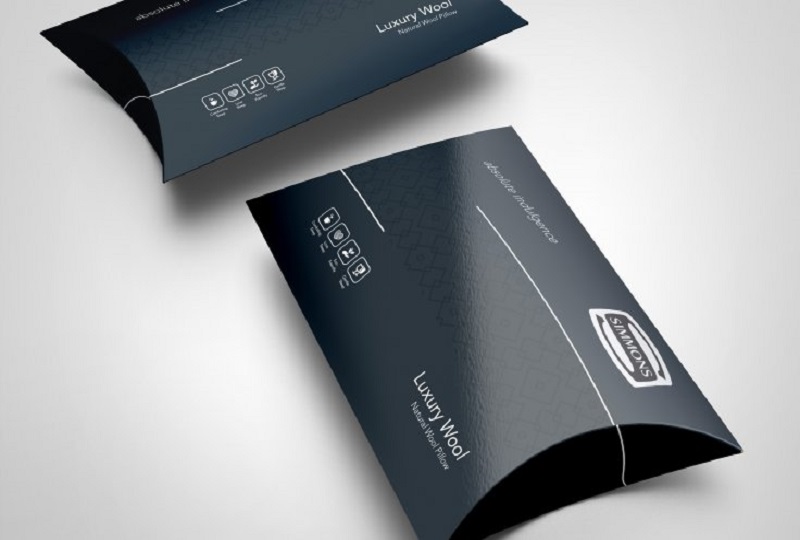 10
10Clients Hunt For Professional And Functional Packaging Machine
10-11-2022



